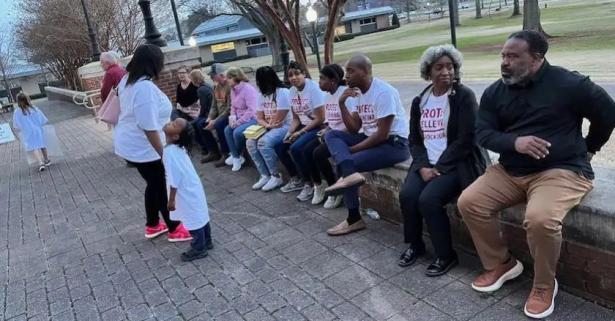The health department in Tacoma-Pierce County, Wash., is always looking for ways to improve public health outcomes. To find out what might work best, the department tried something that might sound obvious, but isn’t always done. Namely, asking members of the public for their input about what's most important.
Too often, health officials are prescriptive, coming into communities they may know little about and applying a standard intervention that might not match local needs, says Benjii Bittle, director of the Public Health Centers for Excellence, a partnership between the health department and the Spokane Regional Health District. “We may have subject matter expertise, but their lived experience isn’t given its due in a lot of traditional community engagement practices,” says Bittle, who has written about participatory budgeting for a public health journal.
The idea of participatory budgeting — having citizens engage directly in decisions about how governments spend money — is not new, but there’s increasing interest in its use in public health. In addition to informing decisions about specific issues, it fosters better relationships between health departments and those they serve.
Average life expectancy is three years shorter in communities where there are barriers to participation in civic life, whether access to libraries and broadband Internet, deliberations over policy, or voting, according to a new report on well-being in the nation’s counties from the University of Wisconsin Population Health Institute. Participatory budgeting stands out among strategies to increase engagement, says Sheri Johnson, the report’s principal investigator.
One of the early sites for the Tacoma-Pierce County Health Department's exercises in participatory budgeting was a high school in East Tacoma with a student population at risk of being shunted into a “school to prison” pipeline. Male students of color said that the lack of mirrors in their bathrooms made them feel "invisible and like they were already in prison.”
More than 1,000 students voted on seven projects drawn from hundreds of ideas their peers put forward about how to spend $60,000 to improve health at the school. Voting was hosted by Pierce County Elections and included printed ballots of the kind used in county elections.
Along the way, students learned about the election administration process and conducted their own vote count using county equipment. They decided to go with bathroom improvements. Participation in a public health decision became a lesson about democracy and voting as a tool to effect change.
Students at Lincoln High School in East Tacoma, Wash., had a chance to vote on how $60,000 would be spent to improve health on their campus. (Pierce County Television)

Shorter lifespans are more prevalent in counties in states (highlighted) with the greatest structural barriers to civic health.
Information Deserts
Participation in civic processes is driven by information. The Wisconsin institute’s new report shows relationships between health and the “information environments” in counties, which include local news outlets as well as libraries. Overall, those living in the West and Northeast have more access to information, and longer life expectancy, than those in the South.
The report calls out “digital redlining” by broadband providers that excludes low-income neighborhoods. Places where the information environment is less robust also tend to have structural barriers to civic engagement, such as obstacles to voting or other forms of discrimination, says Michael Stevenson, a policy analyst at the institute.
That’s one reason participatory budgeting has promise. It gives power to groups of people who have historically been marginalized, giving them the chance to make decisions that affect their lives and helping to build relationships between them and their governments.
The Tacoma-Pierce County Health Department has been running participatory budget sessions since 2017, recently involving million-dollar projects in each of Tacoma’s five city council districts. To ensure wider participation, materials were translated into nine languages other than English. The turnout rate was higher than for the county's general election, with thousands of residents of Vietnamese heritage voting for the first time.
Bittle would like to see participatory budgeting used in public health on the national stage. As excited as he is about its potential, he acknowledges some downsides. Such efforts can move slowly — at the “speed of trust,” as Bittle puts it. They are also time- and staff-intensive.
Elected officials tend to offer bipartisan support for putting decisions about public funds in the hands of community members, but administrators can be less enthusiastic about diverging from traditional ways of doing things. “There’s a lot of removing obstacles and talking to people to create the critical path,” Bittle says. “All of that work takes a lot of nuance.”
===


Spread the word